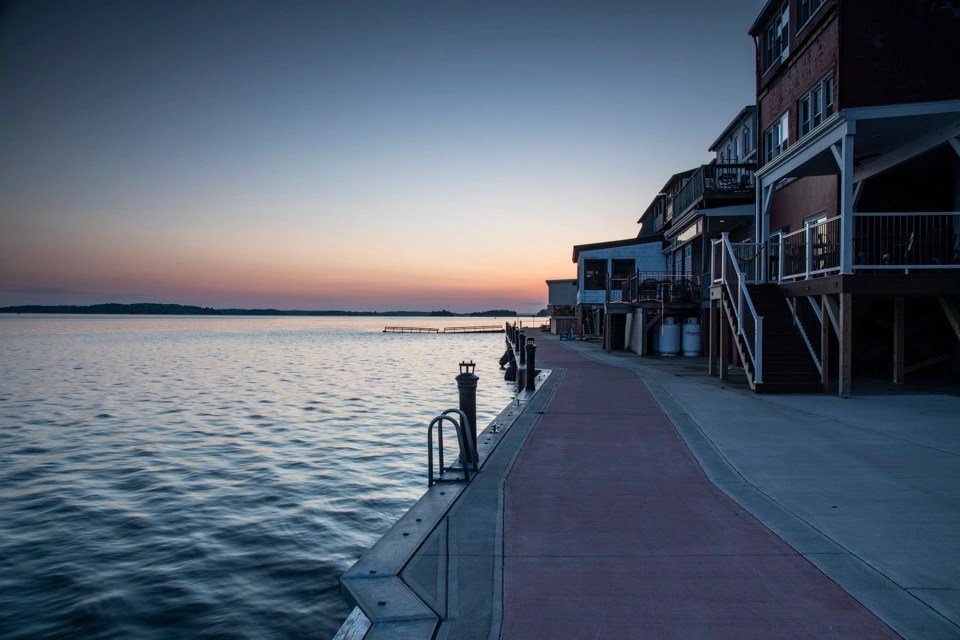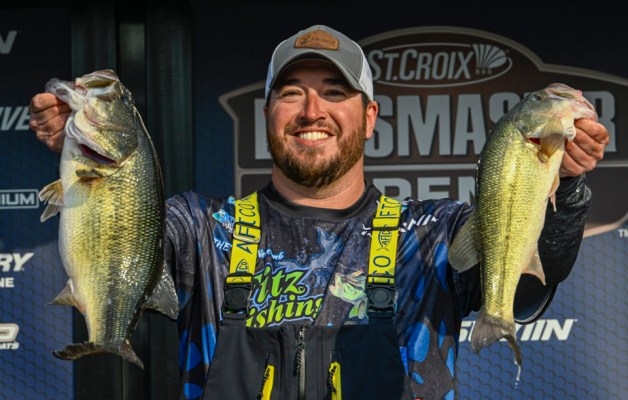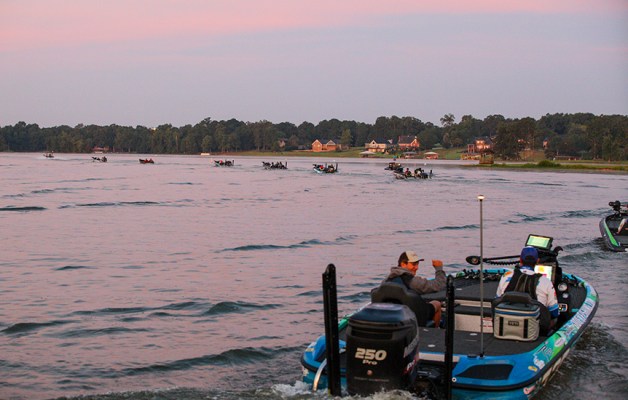
The St. Lawrence River’s famed Thousand Islands region stretches from the mouth of Lake Ontario approximately 50 miles downstream. Blessed with natural beauty and some of the clearest water you’ll ever see, this popular tourist destination thrills visitors with its rich history as a pirate’s hideout and playground of the rich and famous.
For smallmouth seekers, it’s fishing dynamics 101.
Foundational background
The name’s a little misleading, as this St. Lawrence archipelago actually comprises 1,864 islands. Sizes vary from the hulking 30,000-acre Wolfe Island at the river’s western beginning, to modestly forested rock peaks. The greatest concentration of islands are found at the upper end from Cape Vincent to Chippewa Bay. (The St. Lawrence flows northeast from Lake Ontario to the Atlantic Ocean.)
Inclusion in this world famous collection has a few requirements: An “island” must have one square foot of emergent land remaining above the water year-round and support at least one living tree. Clearly, sizes vary dramatically, but any solid object that breaks and deflects water creates areas of softer flow, which facilitates presentation precision.
Here’s the application to this week’s St. Croix Bassmaster Open: Anglers like Day-1 leader Cory Johnston, have found quality fish from one end of the tournament boundaries to the other. However, most recognize that the 60-plus mile run from the Waddington takeoff, upriver to the western cutoff just before the Great Lake holds the most consistent populations of tournament winning smallmouth.
The general belief says that lake fish grow bigger faster than river fish. Lots of variables here and the premise is not perfect; but it all comes down to current. Fish and fishermen can more easily accomplish their objectives in areas of lesser current.
The St. Lawrence is widest where the islands are most numerous, so this combination of factors creates an ideal scenario.
“The current’s not as bad (upriver), but up around Waddington, the current can pin the fish to the bottom and it’s sometimes hard to LiveScope them,” said Chris Beaudrie, who weighed first on Day 1, and placed fifth with 23-12. “Livescoping them up by the Clayton (N.Y.) area was more effective.”
Water, lots of water
To fully grasp this concept, consider the massive volume of water making its way through the Great Lakes system. Water moves from Lake Superior and Lake Michigan into Lake Huron, through the St. Clair River and into Lake St. Clair (not officially a Great Lake). Water then passes through the Detroit River into Lake Erie, through Niagara Falls and into Lake Ontario and then through the Saint Lawrence River to the Atlantic Ocean.
The St. Lawrence is one of the world’s largest hydrologic systems and third largest in North America (behind the Mississippi and Mackenzie), but consider where much of that water comes from. Several rivers and streams feed into the St. Lawrence, but a lot of water works its way through the Great Lakes and then dramatically condenses into a much more narrow course.
This giant funnel takes the broad lumbering movement of Lake Ontario water and accelerates the flow, thereby creating a swift current. Water movement benefits the drifting tactics that anglers often employ on the St. Lawrence, but too much flow can push a bass boat through an area too quickly.
Trolling motors and drift socks assist with boat control, but current breaks are golden.
And that defines the 1000 Islands benefit. Anglers making that long run toward the Lake Ontario boundary not only find a better class of fish, they also find natural fishing assistance from a region that’s easy on the eyes.




